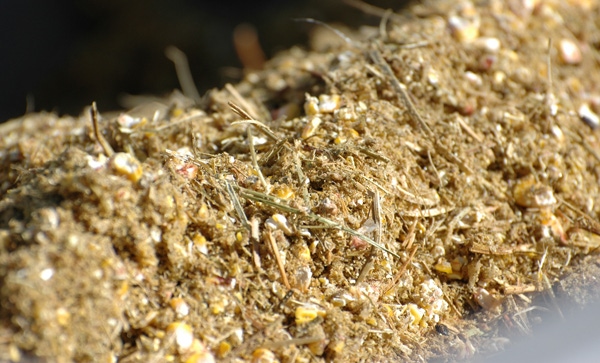Subscribe to Our Newsletters
BEEF Magazine is the source for beef production, management and market news.
Dressed steer weights the first three weeks of September were 25-29 lbs. heavier than the five-year average, according to analysts with the Livestock Marketing Information Center (LMIC). Even so, with short cattle numbers, LMIC analysts expect the market to absorb the heavier weights and still maintain fed cattle prices near current levels.
October 11, 2014

You May Also Like